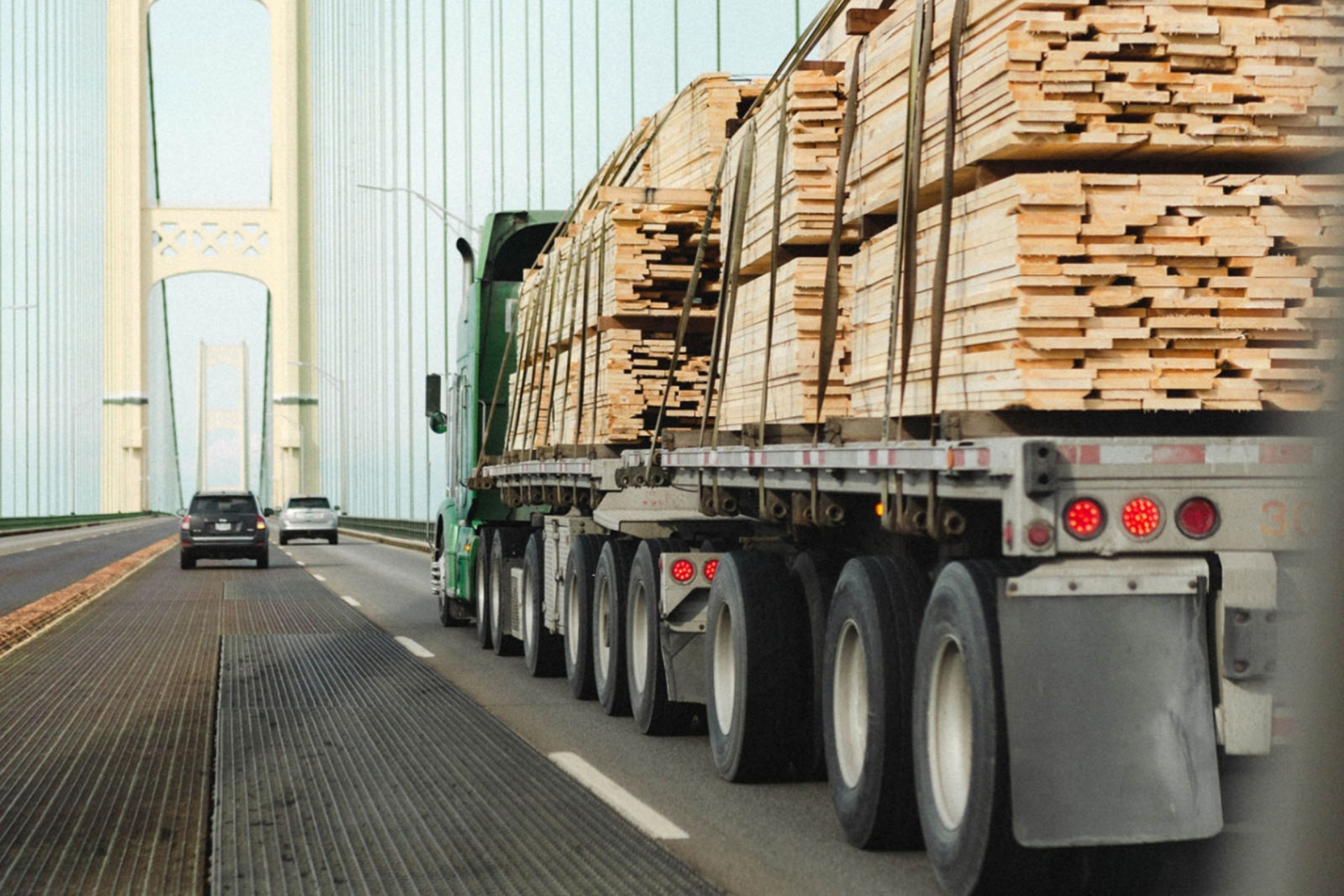Story by
Jim Heide
Tags /
- Cargo
- Cargo Theft
- Freight
- Security
The threats to freight in transit are constantly evolving. In 2022, the cargo industry saw unprecedented levels of supply chain disruption, thanks to factors like geopolitical conflict, climate change, and changes to regulation and compliance. Yet cargo theft also presents a separate threat, be it via straight or strategic methods. So how are these risks likely to mutate in 2023, and what provisions can be put in place to manage them?
The shifting patterns of cargo theft
While security measures become more sophisticated, so do the methods employed by cargo thieves. According to data from CargoNet, roughly $223 million was stolen in freight in 2022, with each crime costing an average of $214,104.
As you’d expect, types of cargo theft vary in line with location, but pilferage continues to account for a significant portion of the incidents across the US. Fictitious pickups are another tactic that gained momentum recently, with a huge 600% increase year-on-year in America. The bulk of these took place in California, but the technique is spreading across the country, as criminals learn how to impersonate carriers and divert shipments.
Sadly, employee collusion is key in enabling this trend. With living costs on the rise, we could see more workers being financially incentivised to share information with gangs and crime syndicates this year. Last spring, Loadsure founder Johnny McCord wrote about the importance of workplace culture, describing it as ‘a critical component of a sound cargo theft prevention strategy’. There’s no doubt that finding ways to maintain employee loyalty will continue to be crucial moving forward.
The growing significance of cybersecurity
Cyber-related cargo theft is another trend that’s only getting bigger and more complex. Be it via hacking or malicious phishing attacks, cyber criminals are gaining access to load boards, intercepting information that carriers intended to share with drivers. These boards often contain post-its with details about pickup destinations, or points along the journey where the shipment could be left unattended and vulnerable.
The carrier impersonation I mentioned earlier is only made possible by a combination of advanced cybercrime and social engineering. Cybercriminals can be skilled manipulators, so equipping your team with the expertise to spot unusual behavior is definitely worthwhile.
This upswing in cybercrime has encouraged more carriers to run penetration tests, which help identify any entry points for malicious forces. Although this is a positive result – I suspect thieves will simply adapt to find new ways of infiltrating industry platforms and access data.
What about other forms of cargo loss?
Natural disasters are getting more frequent and disruptive. In the US alone, there were 18 weather events with losses exceeding $1 billion in 2022, including everything from severe storms to drought, wildfires and cyclones. As supply chain disruption goes hand in hand with climate change, this will remain one of the biggest cargo loss trends for the foreseeable future.
Thankfully the chaos caused by the COVID-19 pandemic has significantly waned, though we can’t rule out future variants. That said, other geopolitical events are still having a notable impact on cargo loss, like the Russian sanctions put in place in response to the ongoing war in Ukraine, unrest in places like Iran, Peru, and parts of Africa. Increasing tensions in other eastern European countries and the South China Sea may also present risk in the near future.
Changes in regulation, compliance and policy will also continue to affect the freight industry. While there’s usually advanced notice of updated laws and restrictions, it’s hard to predict exactly how this will affect the availability of commodities and how the supply chain will respond. Few businesses are agile enough to immediately adapt without incurring damages.
Take the recent ban on eggs from caged hens in Colorado; this has driven up the value of free range produce and turned cage-free eggs into a hot commodity, which then costs more to insure. As the goalposts for sustainability shift, this kind of unforeseen disruption will continue to wreak havoc on both suppliers and logistics providers.
Minimizing the risks
It’s up to SMBs to take steps to minimize cargo loss, and insulate themselves against these risks. There are plenty of measures worth considering – from bolstering your cybersecurity to improving education around employee collusion and fictitious pickups.
You could put together a list of alternative providers in case of a shortage of goods, so you have a back-up plan if a supply chain crisis strikes. Businesses might even look to avoid opting for transportation providers that use the largest marine cargo ships, as these vessels run a bigger risk of losing containers over the side.
Even if you narrow your exposure to each type of cargo loss, you can’t avert a tsunami or outsmart every cybercriminal. That’s why freight insurance should be a central component in your strategy; so if the worst does happen, you’re equipped to handle it with minimal disruption.
Thankfully, sourcing this insurance is no longer a time-consuming, complex process, as Loadsure offers affordable, full-coverage policies in under a minute.
Find out more about our range of products today.
